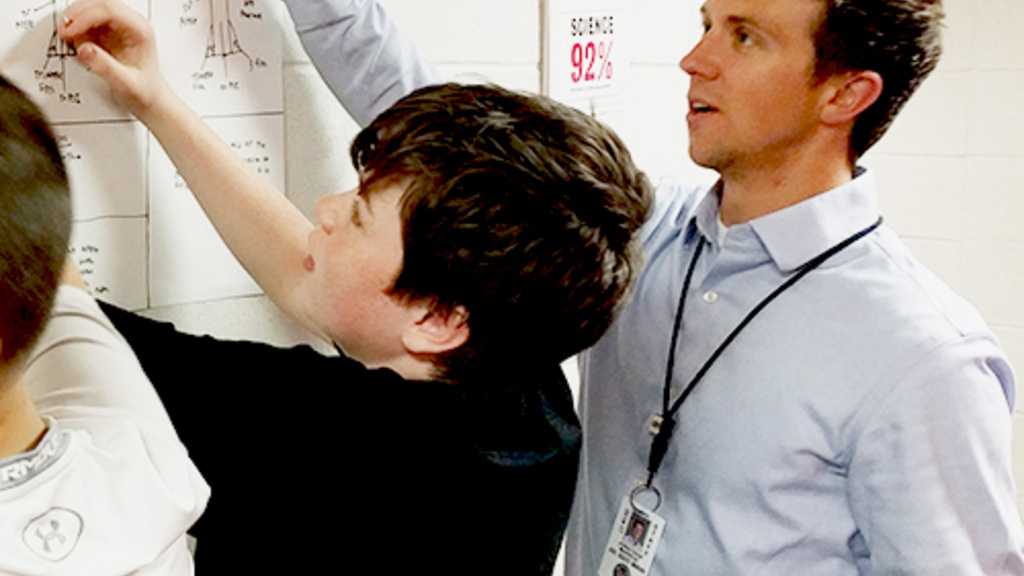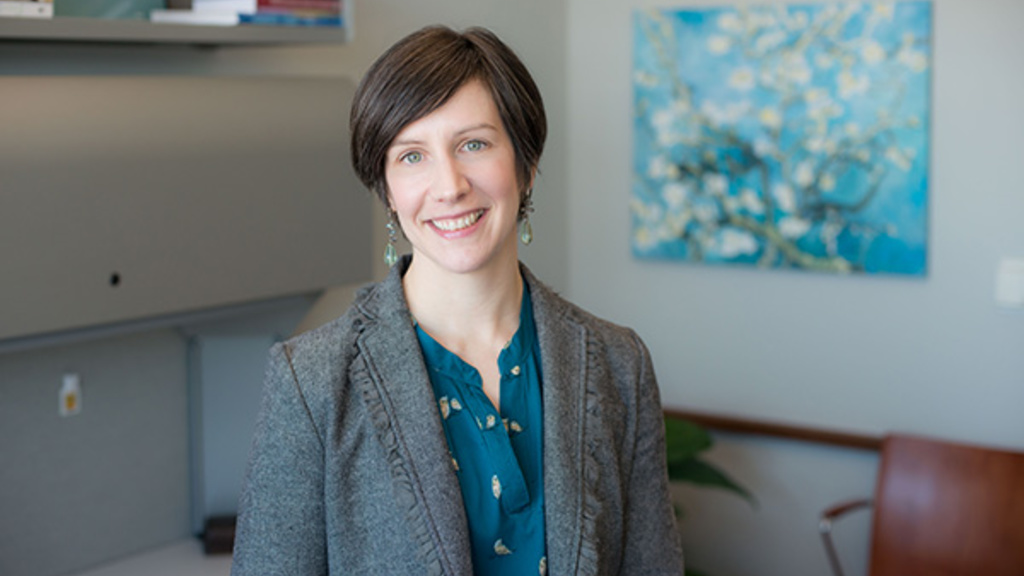The STEM Excellence and Leadership program prepares rural, high potential middle school (grades 6–8) students for advanced STEM educational pathways.
The program works to 1) enhance teachers’ ability to identify and prepare rural students for high-level mathematics and science classes; 2) expand middle-school mathematics and science curricula; and 3) boost underserved middle-school students’ preparation for and achievement in the highest-level mathematics and science classes in high school and beyond.
Funding Agency: National Science Foundation (NSF)
Years: 06/01/2017 – 05/31/2021
Amount: $1,979,221
Subject/Grade level: STEM, middle school students
Graduate Assistant Support: One 50% GA in years 1-2 and one 50% GA in years 1-4
Partners
- Cardinal Community School District
- Davis County Community School District
- Eddyville-Blakesburg Schools
- Freemont Jr/Sr High School
- Graettinger-Terril Community School District
- Spencer Middle School
- Starmont Community School District
- Mount Pleasant Community Middle School
- Auburn University
- Vanderbilt University
Additional Information
Abstract
Implementing the STEM Excellence and Leadership Program to Understand the Role of Local Agency in Broadening High-Potential, Rural Students’ STEM Participation and Achievement is a new Research in Service to Practice project of the University of Iowa’s (UI) Belin-Blank International Center for Gifted Education and Talent Development (B-BC). This project directly addresses the critical national need to provide economically disadvantaged rural-students with informal STEM learning opportunities that place high-potential students on path for developing STEM expertise and qualifications for advanced STEM careers. This 4-year project will examine the processes and learning outcomes related to the implementation of an after-school program, STEM Excellence and Leadership (Excellence), in 10 rural Iowa middle schools. Excellence provides intensive programming in mathematics and science to rural high-potential 6-8th grade students. The project seeks to understand the specific barriers and affordances of Excellence that impact economically disadvantaged, high-potential, rural students’ STEM achievement, aspirations, and preparation to navigate the educational pathways necessary for STEM academic and career success at the highest levels. The project goal is to advance the evidence-base around practices that optimally support the STEM achievement and efficacy of rural, high-potential students. The project has two objectives: 1) understand how informal STEM learning shapes the academic and psychosocial outcomes of rural, high-potential students, and 2) identify key characteristics of successful informal STEM learning environments for rural, high-potential students and their teachers. The project team will use a mixed methods approach, integrating comparative case study and mixed effects longitudinal methods, to study the Excellence program. Data sources include teacher interviews, classroom observations, and student assessments of academic aptitude and psychosocial outcomes. The analysis and evaluation of the program will be grounded in understanding the local efforts of school districts to build curriculum responsive to the demands of their high-potential student body. This project will provide significant insights in how best to design, implement, and support informal out-of-school learning environments to broaden participation in the highest levels of STEM education and careers for under-resourced rural students.
News

Grant highlights importance of rural STEM education for high-achieving students
